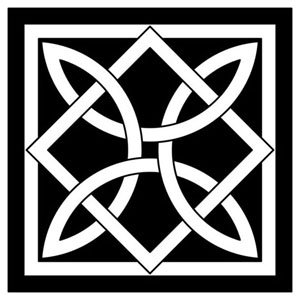Paper Restoration Workshop
3 Units
Instructor Nella Poggi
COURSE STRUCTURE
Afternoons: 4 hours workshops
The course includes a study visit to Fabriano.
Course Description
REQUIREMENTS: Courses SG206A (theory) and SG206B (workshop) must be taken together.
This workshop course is an opportunity for students to gain hands-on experience on the basic skills required for restoration of paper media and to work on original archival materials. Students begin learning basic skills on the printed pages of an 18th century book of lesser value and then, having acquired sufficient skill, students move on to restore unique manuscript documents from the city of San Gemini historic archives and from the historic archives of the Diocese of Narni (16th-19th centuries).
Course Objectives
This workshop aims to give students hands-on experience and the basic skills required for restoration of paper media, offering the opportunity to work on material from the city of San Gemini historic Archives and from the historic archives of the Diocese of Narni. The work done in the workshop is actual work conserving original materials (16th to 19th centuries) from these archives that becomes part of the students’ professional curriculum.
This course is aimed at two types of students: those planning to become restorers and those planning to manage paper-based resources in libraries, archives or museums. For those planning on a career as a restorer, this is a good introduction to the field to be followed up by further education. For those planning to manage paper-based resources, it is a good overview of the field and offer insight and experience on the safe storage and conservation of paper materials.
Summary of Workshop Content
Familiarization of manufacturing techniques of paper and bookmaking materials.
Observation with microscope and reflected, translucent and grazing light
Measuring pH
Testing to identify adhesives and additives used in paper during manufacturing
Restoration of books
Techniques of restoration:
Dry cleaning
Washing
Deacidification
Sizing
Drying paper
Reintegration of tears and missing sections
Criteria for the choice of materials and techniques for reintegration
Flattening with presses and weights
Restoration of book bindings
Disassembling a book
Signature
Technique for sewing the quires
Technique for making the headband
Cover in textile or leather
Restoration of artwork on paper
Observation of artworks on paper with microscope and reflected, translucent, and grazing light
Measuring pH
Testing to identify adhesives and additives used in paper during manufacturing and mounting artworks
Special techniques of restoration:
Dry cleaning (with brush, rubber, scalpel)
Washing (if necessary, locally by using vacuum table, blotting papers, or using a screen)
Deacidification (aerosols)
Sizing/consolidation
Drying paper
Reintegration of tears and missing sections
Assignments
Workshop projects, reading assignments
READINGS
1. Dard Hunter, Papermaking, The History and Technique of an Ancient Craft, Dover, New York, 1978.
2.Bamber Gascoigne, How to Identify Prints, A complete guide to manual and mechanical processes from woodcut to ink-jet, Thames and Hudson, 1998.
3. Bernard C. Middleton, The Restoration of Leather Bindings, Oak Knoll Press – The British Library, 1998










